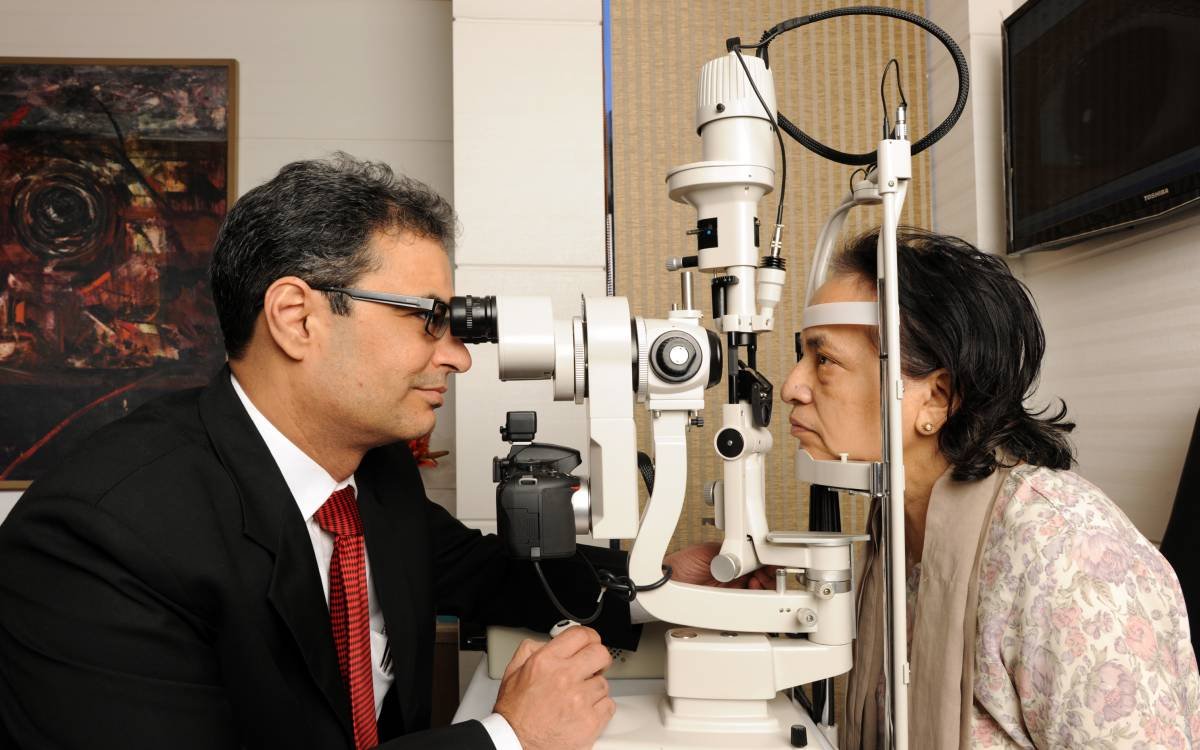Infectious Conjunctivitis / Pink Eye / Red Eye
Definition:
Conjunctivitis is an inflammation or redness of the conjunctiva (transparent membrane underside the eyelid covering the white part of the eye). Inflammation of the small blood vessels of conjunctiva causes red or pink color of the eye.
Inflammation most commonly occurs because of infection or allergic reaction, and can be acute or chronic depending upon the duration and severity of the illness. It can be contagious and affect one or both eyes.
Causes of conjunctivitis:
- Bacteria such as Staphylococcus, Streptococcus, and Hemophilus
- Viral because of cold, acute respiratory infection, or disease such as measles, herpes simplex, or herpes zoster.
- Allergy by pollen, dust, or grass
- Chemical splash
- Foreign object
- Excessive exposure to sun lamps
- Inadequate drainage of the tear ducts
Significant features of each causative factor
Bacterial conjunctivitis
- Contagious
- May affect one or both eyes
- Produces a thicker, yellow-green discharge
- Can have associated respiratory infection
- More common in children
Viral conjunctivitis
- Contagious
- May affect one or both eyes
- Produces a watery discharge
- Can have associated respiratory infection
- Can develop in adults and children equally
Allergic conjunctivitis
- Affects both eyes
- Is a response to some allergy-causing substance like pollen
- Causes intense itching, tearing and inflammation of the eyes
- Excessive sneezing and watery nasal discharge
Irritation conjunctivitis
- Occurs due to chemical or foreign body in eye
- Causes watery eyes and a mucous discharge
- Subsides on its own within a day or two

Risk factors of conjunctivitis
The chances of conjunctivitis increases due to:
- Exposure to allergens like pollen, dust, grass etc.
- Direct or indirect contact with infected person
- Use of contact lens
Symptoms of conjunctivitis
- Redness or pink coloured eye
- Watery, yellow, or green discharge
- Severe discomfort in one or both eyes
- Excessive itching
- A gritty feeling
- Swelling of the eyelids
- Difficulty opening the eye especially in the morning due to crust formation by eye discharge during the night
- Tearing from eye
- Intolerance to light
When to see a doctor?
A visit to a specialized eye doctor should be made on experiencing any of the above signs or symptoms of pink eye. Its early diagnosis and proper treatment is very important to protect the eye from further deterioration or any loss of vision. It can be highly contagious disease and should be controlled if it doesn’t get better on its own within 12 to 24 hours.
Tests and diagnosis for conjunctivitis
An accurate diagnosis of conjunctivitis involves:
- Complete history of patient and the illness including symptoms, duration, and other predisposing factors, like upper respiratory complaints, allergies, sexually transmitted diseases, infections etc.
- Thorough eye examination including slit lamp examination.
- Although diagnostic test like culture or smear of eye secretions is usually not required till the time some initial treatment fails or an infection is suspected, but in some severe or suspected cases, these can be done to confirm the cause and so as to start proper treatment.
- Allergy testing to determine allergen type.
Treatments and drugs for conjunctivitis
Although some cases of conjunctivitis may clear up on its own in one or two weeks without any treatment but adequate eye drops can fasten the healing process. Treatment needs to be given according to the causative factor:
Treatment for bacterial conjunctivitis
- Antibiotic eye drops or ointment containing sodium sulfacetamide or erythromycin or bactracin etc.
Treatment for viral conjunctivitis
- Antiviral medication
- Topical steroids
Treatment for allergic conjunctivitis
- Remove allergic substance from a patient’s environment,
- A combination of antihistamines and mast cell stabilizers to control allergic reactions
- Decongestants, steroids and anti-inflammatory eye drops to control inflammation
Prognosis of conjunctivitis
Prognosis of conjunctivitis is good if treated properly and timely. It may take 10-14 days for the illness to resolve but if there is no relief in symptoms even after 2-3 days of treatment or there is change in vision or eye pain, more exhaustive examination and treatment should be considered to prevent visual impairment caused by spreading conjunctivitis.